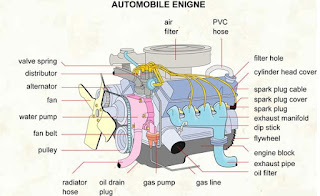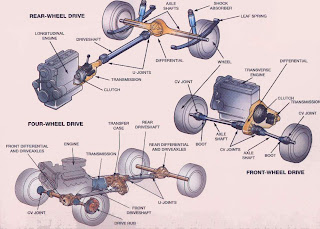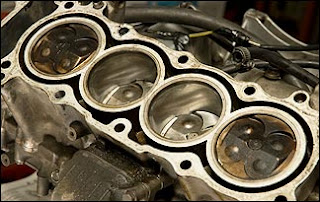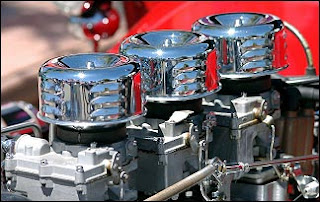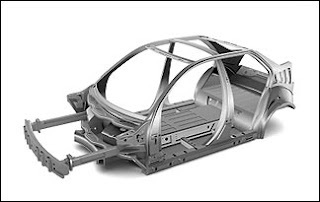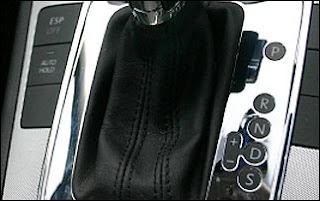Governor
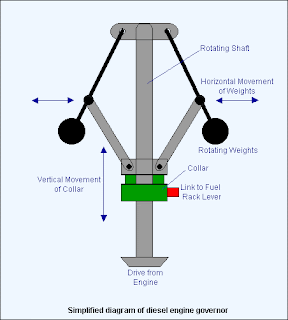
Governor The governor is a safety device in most modern cars. It regulates the car's speed by mechanically preventing the car from going over a certain speed. So, though a car may be mechanically capable of going 180 miles per hour, the governor can be set to limit its speed to 120 miles per hour. Once a diesel engine is running, the engine speed is monitored and controlled through a governor. The governor ensures that the engine speed stays high enough to idle at the right speed and that the engine speed will not rise too high when full power is demanded. The governor is a simple mechanical device which first appeared on steam engines. It operates on a diesel engine as shown in the diagram below. The governor consists of a rotating shaft, which is driven by the diesel engine. A pair of flyweights are linked to the shaft and they rotate as it rotates. The centrifugal force caused by the rotation causes the weights to be thrown outwards as the speed of the shaft rises. If the

